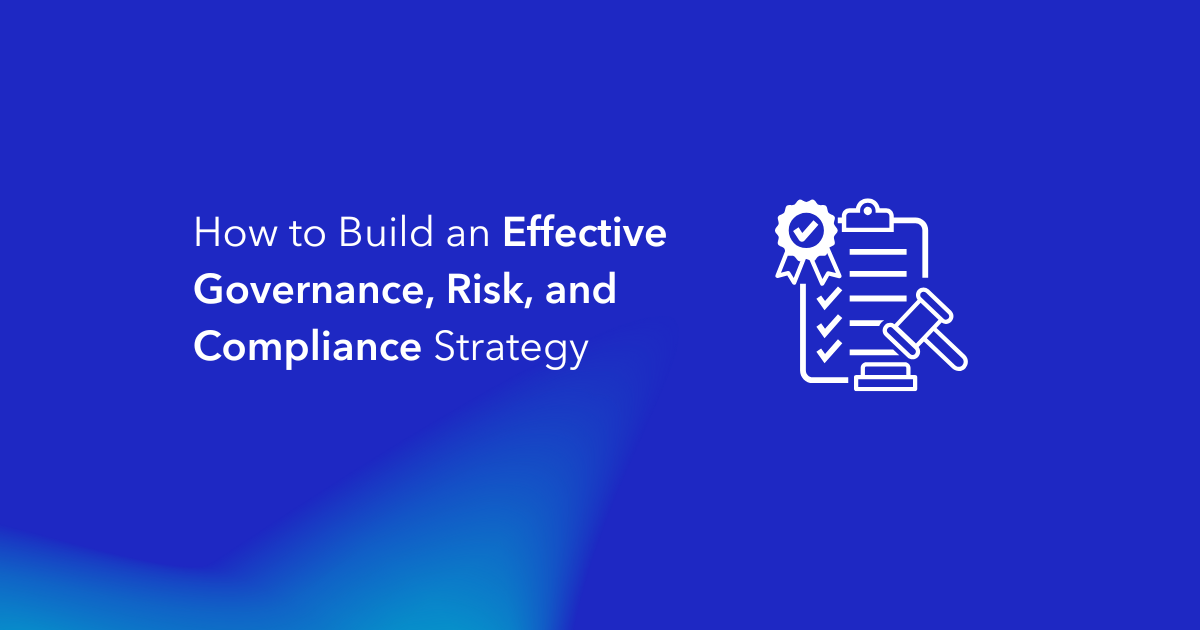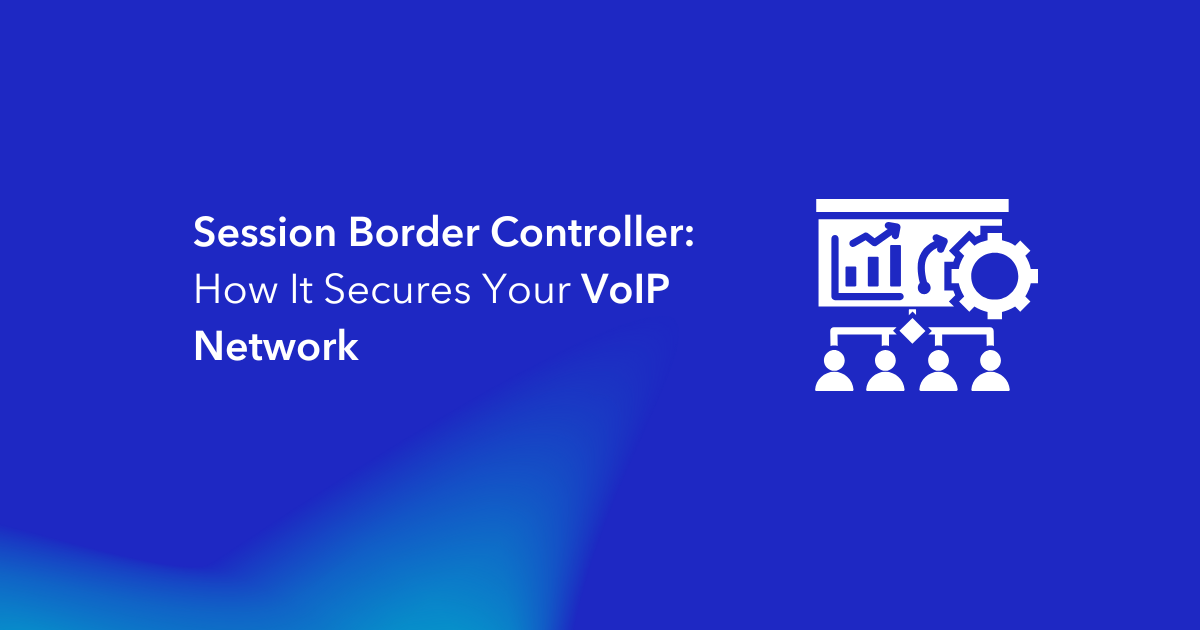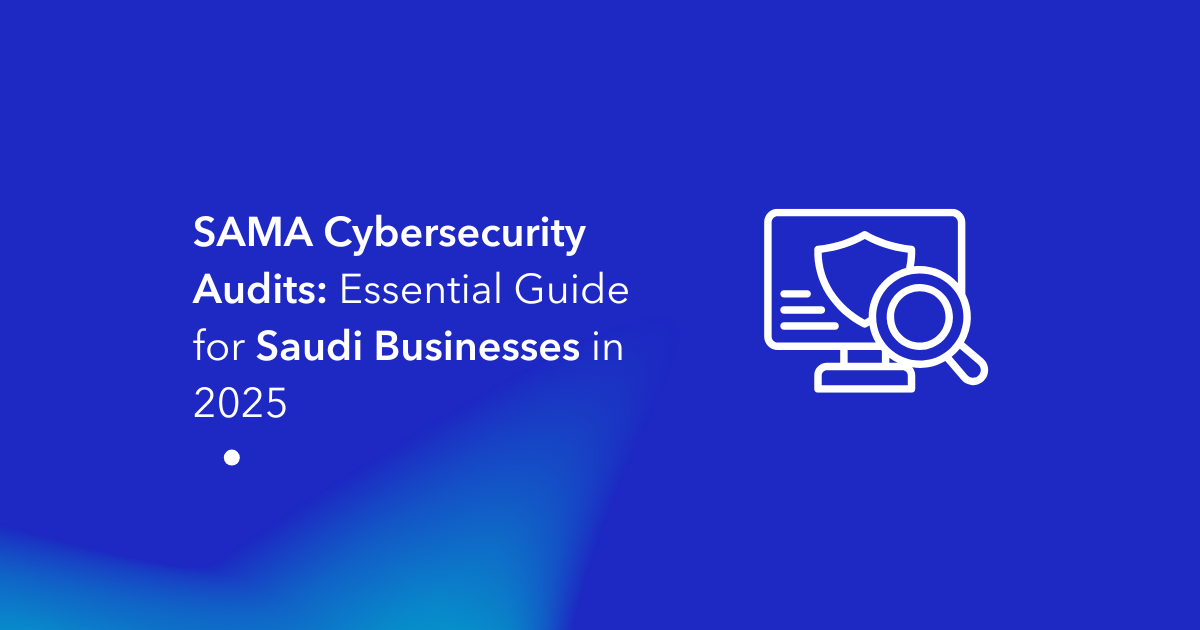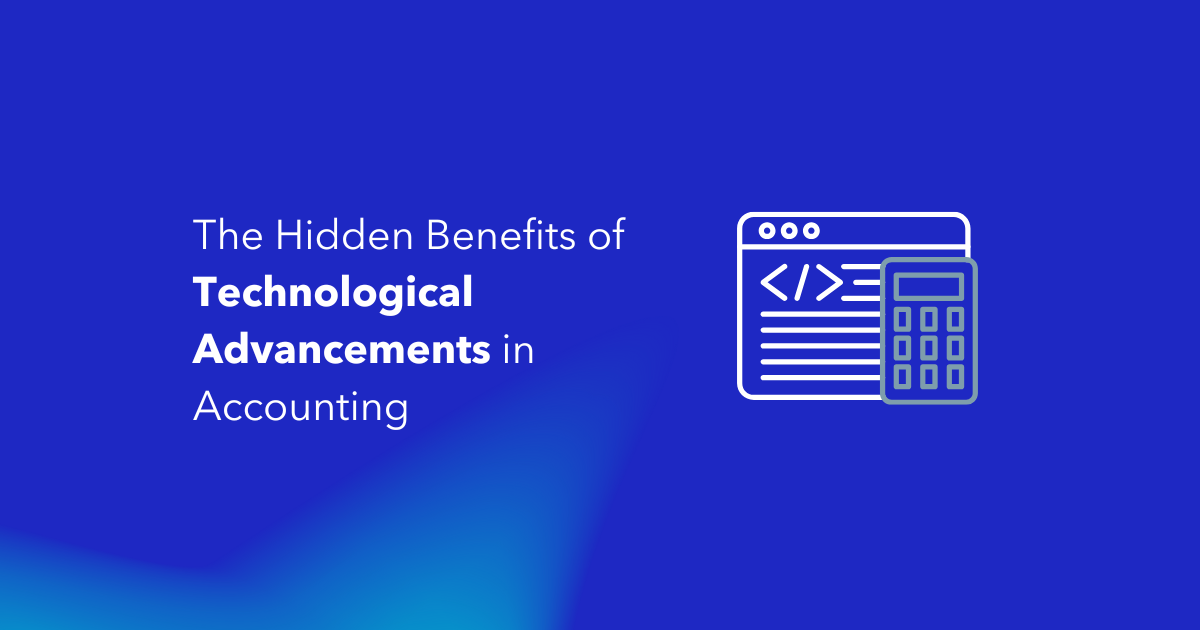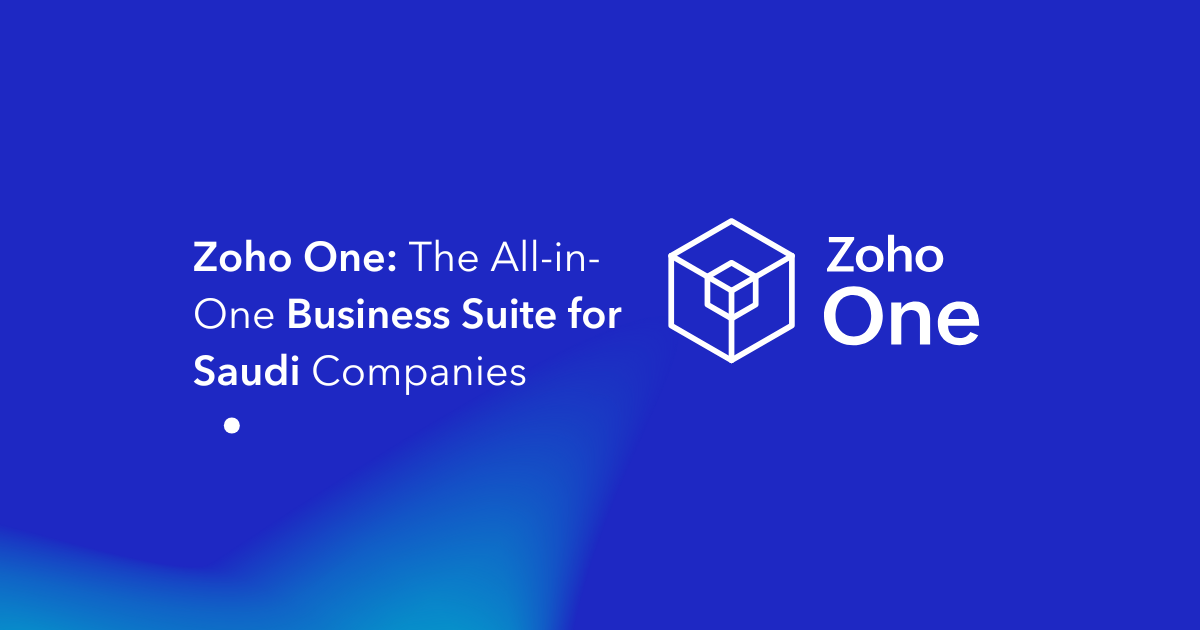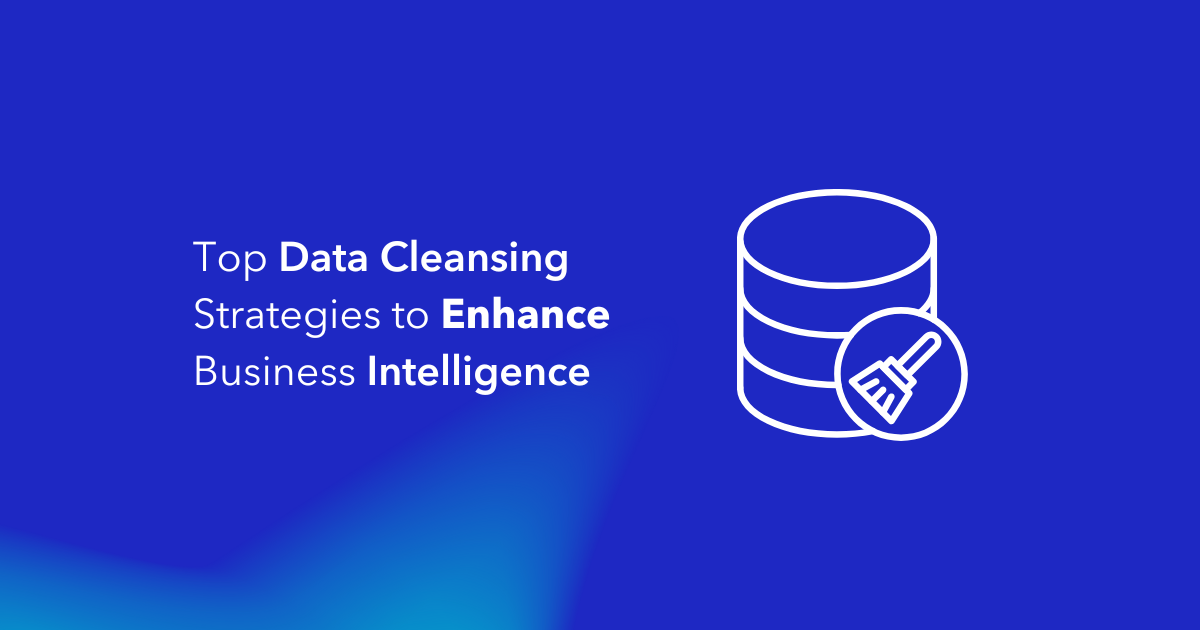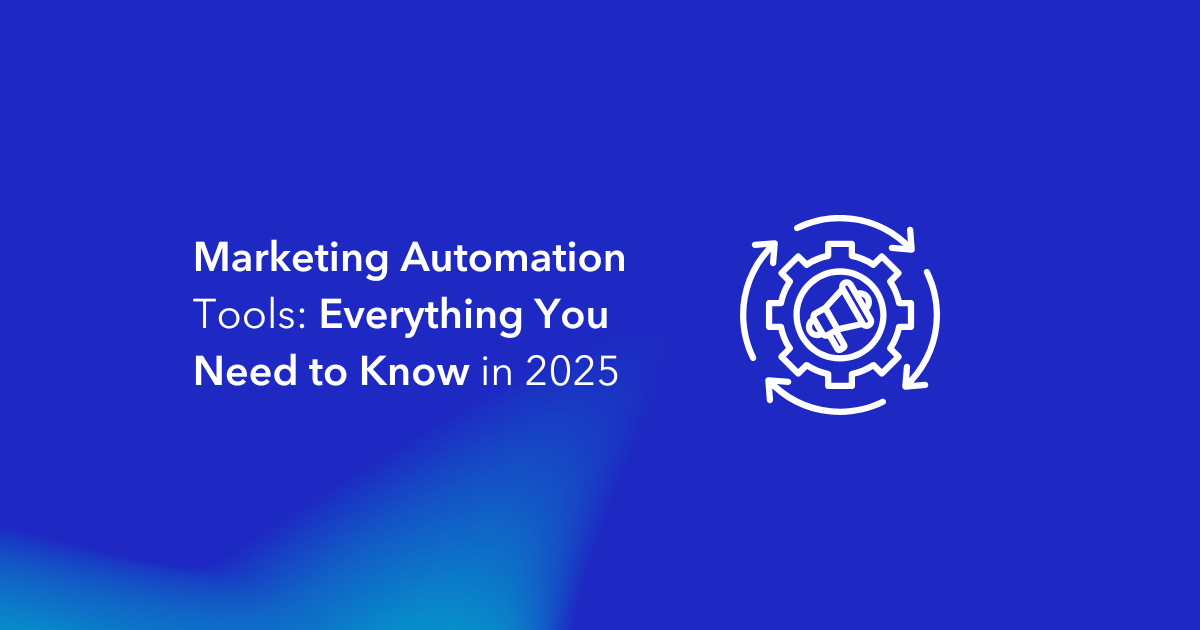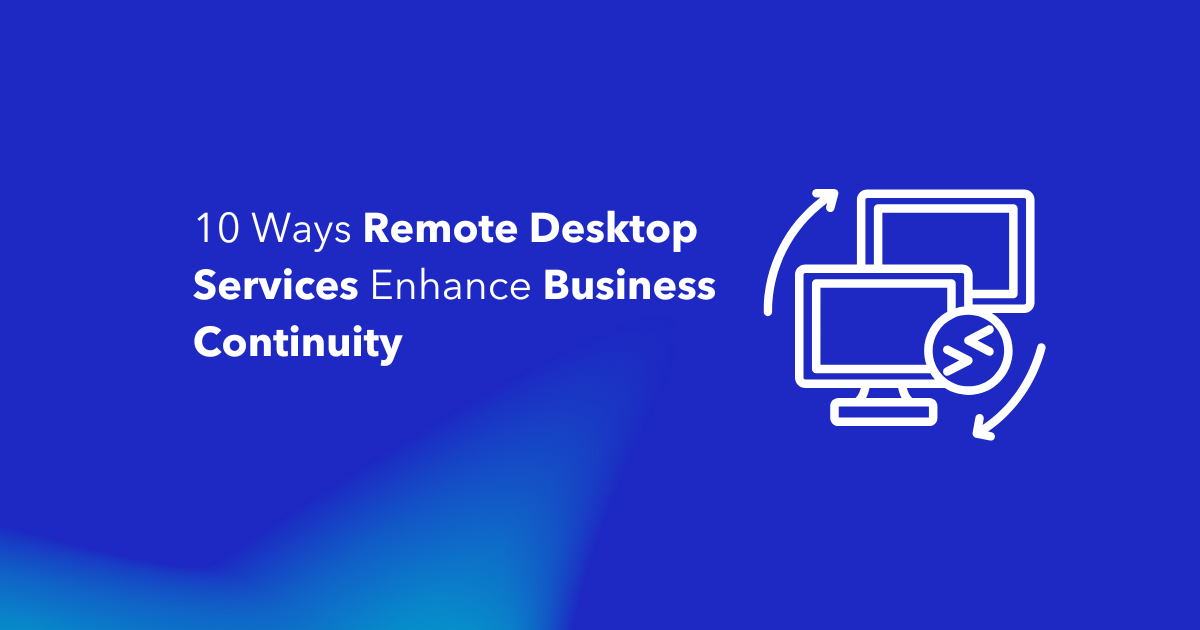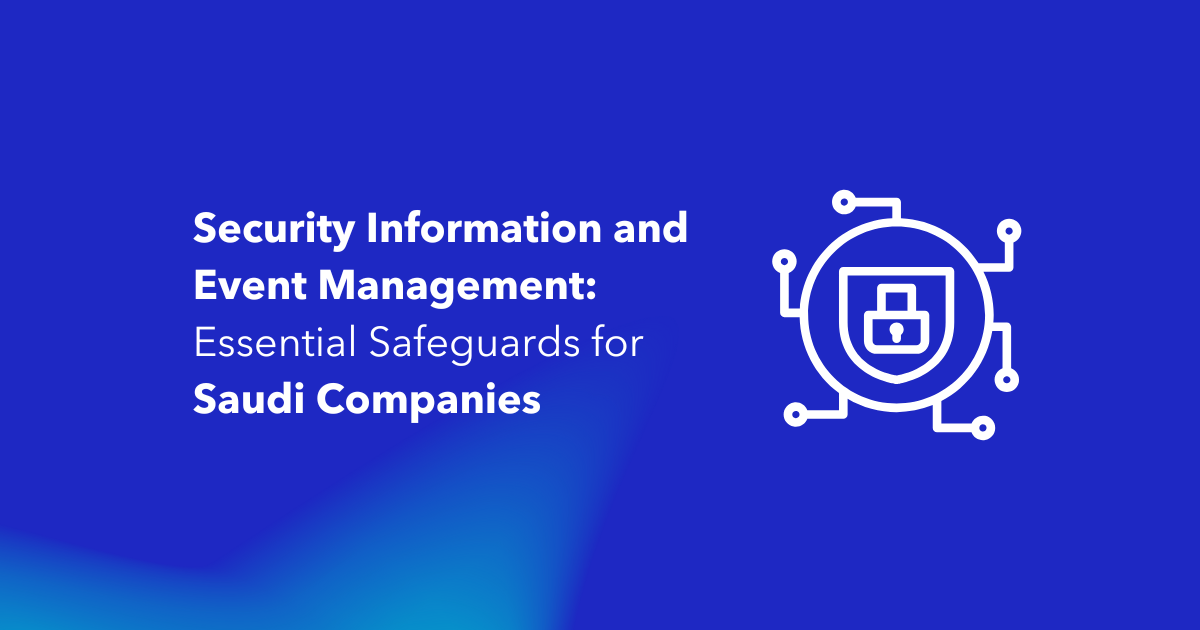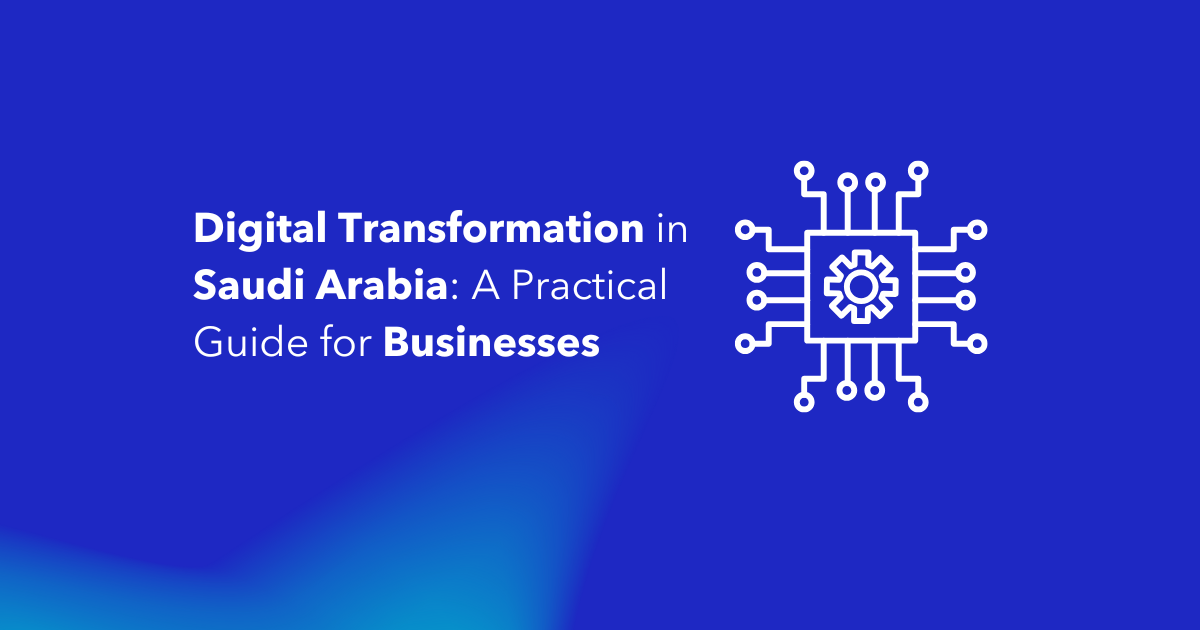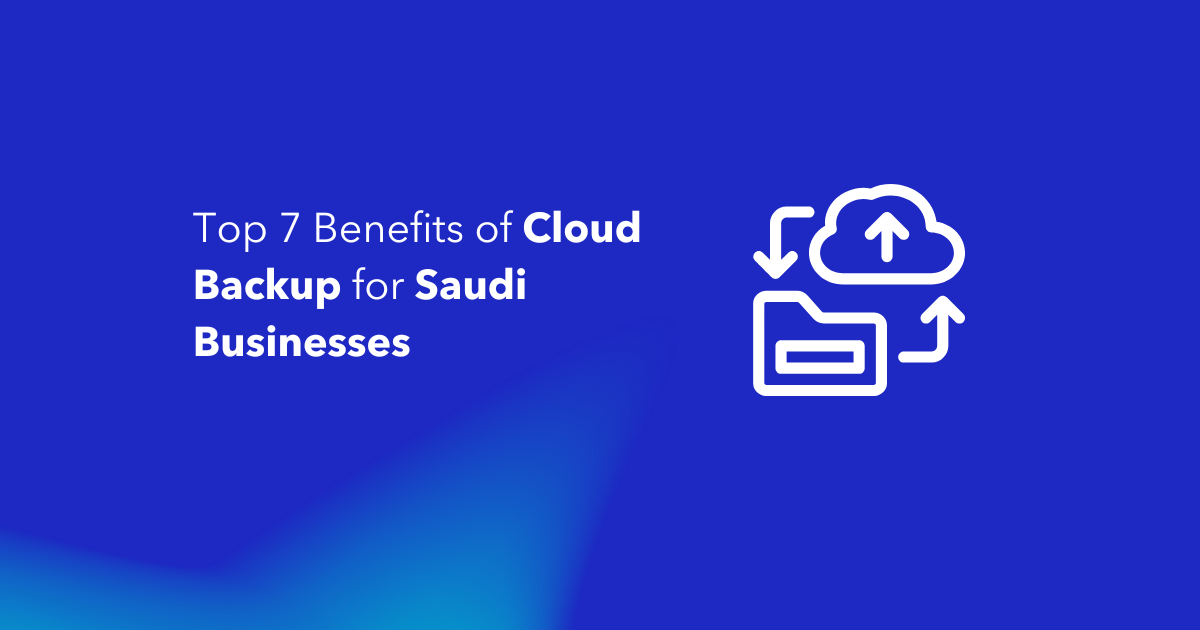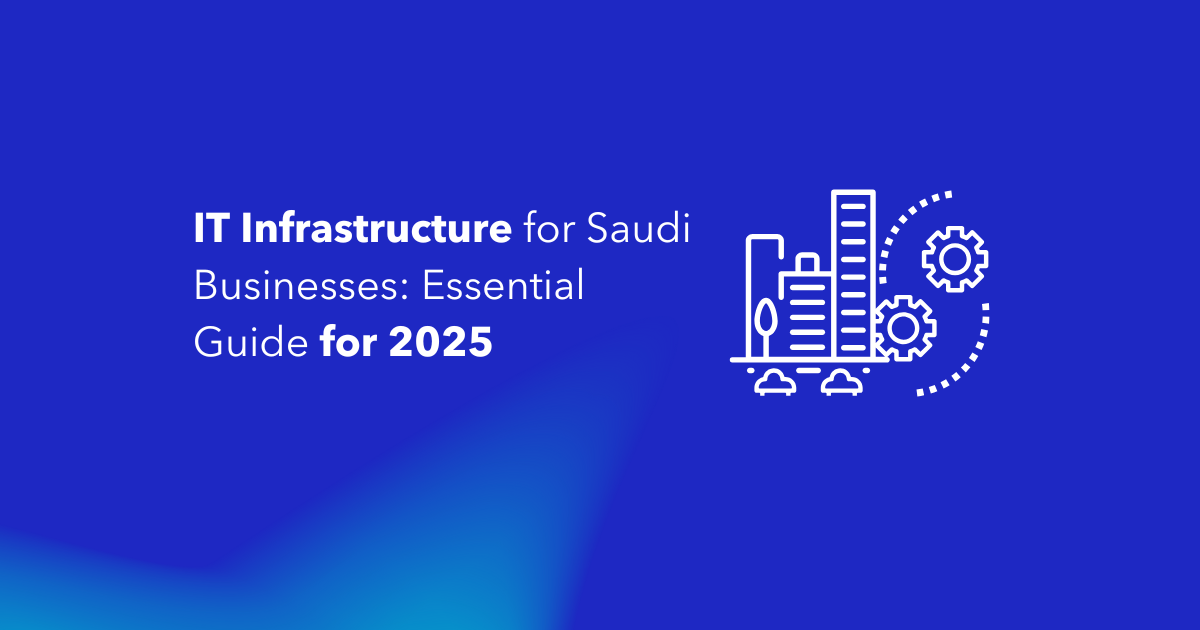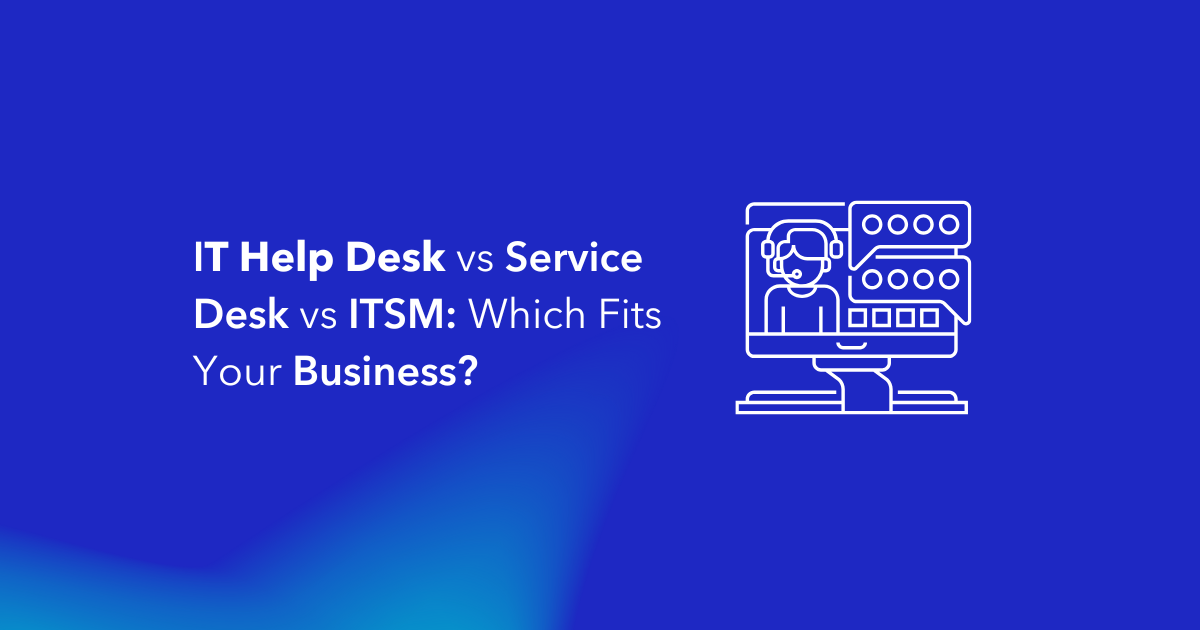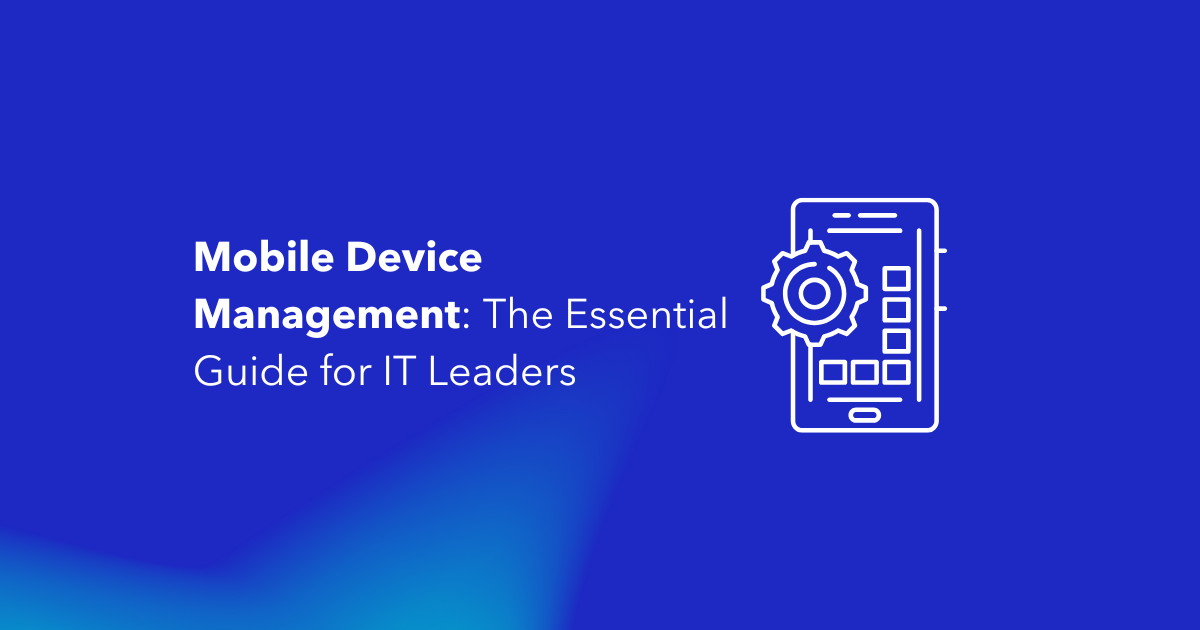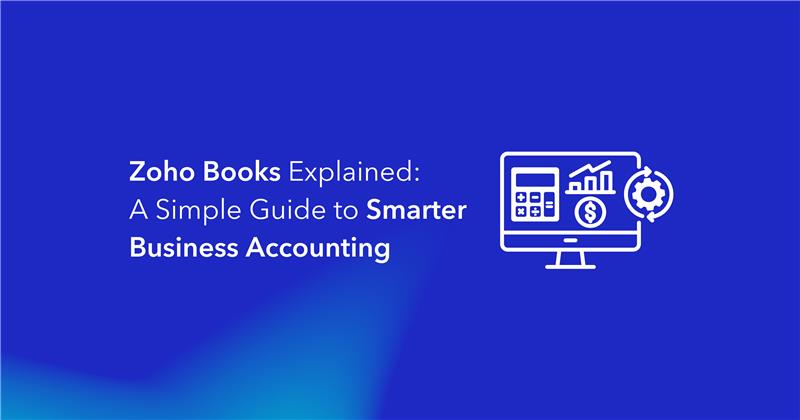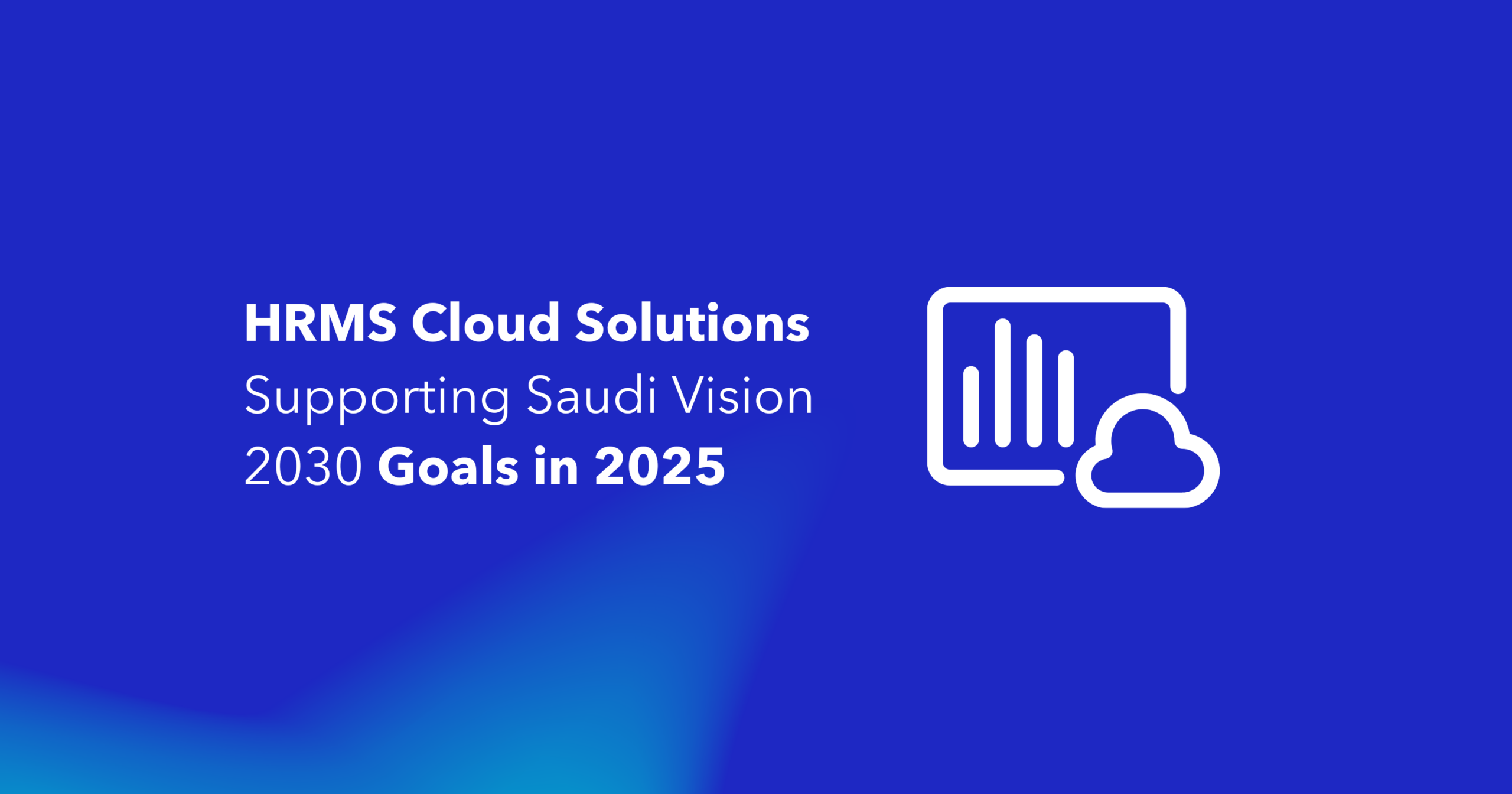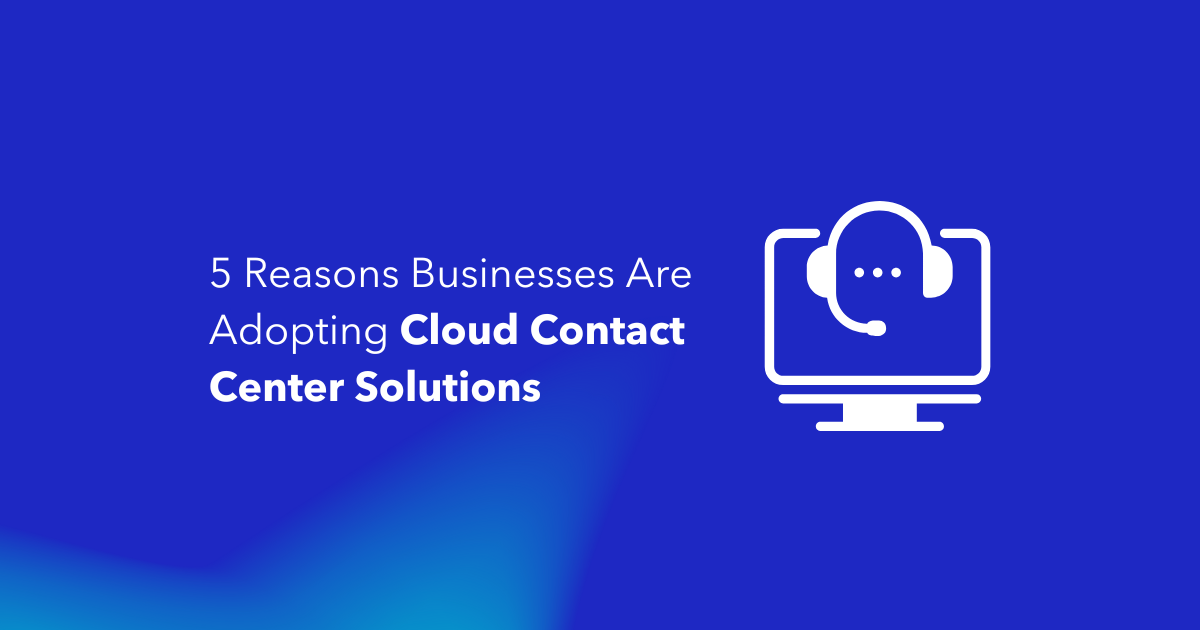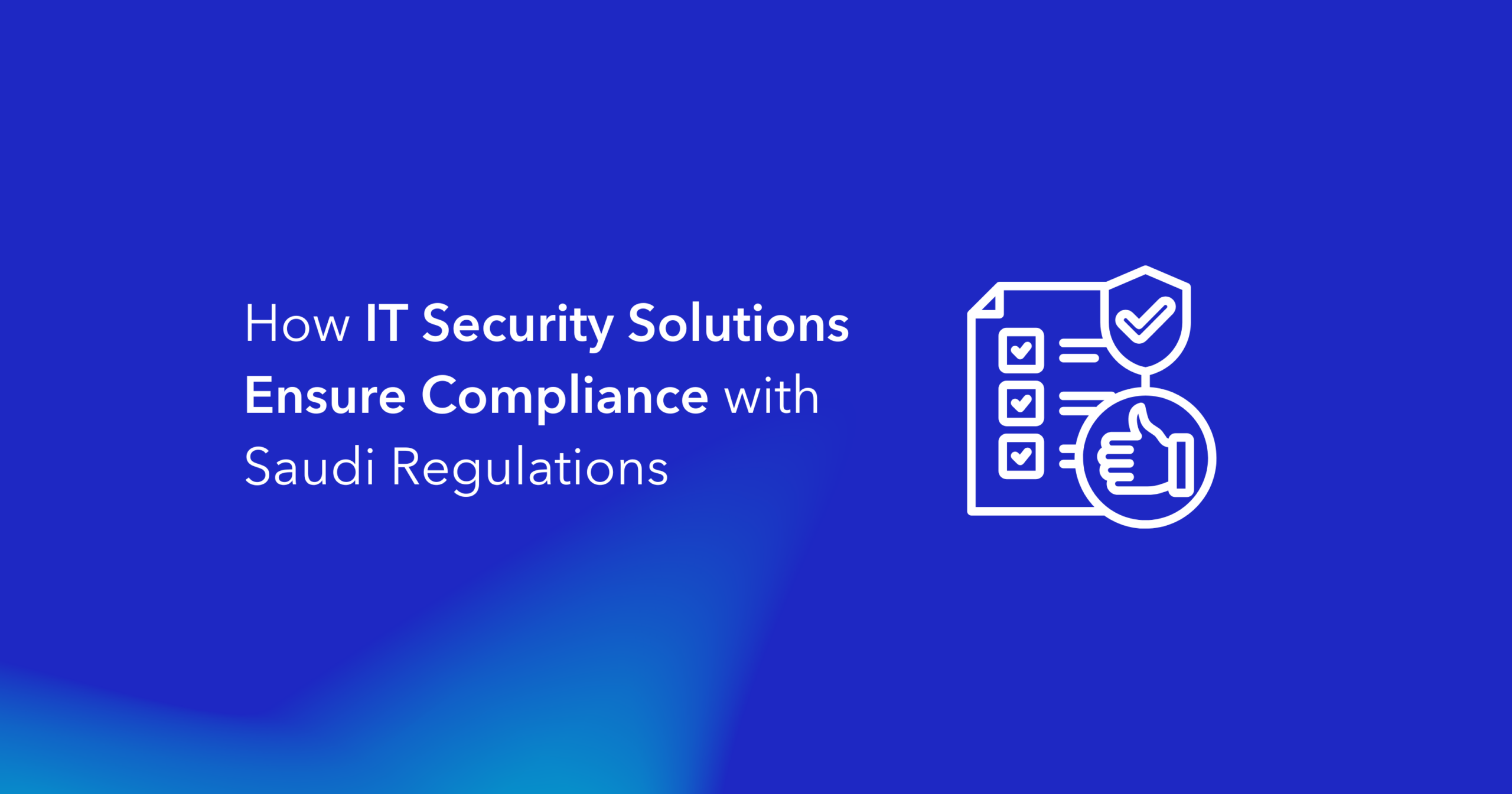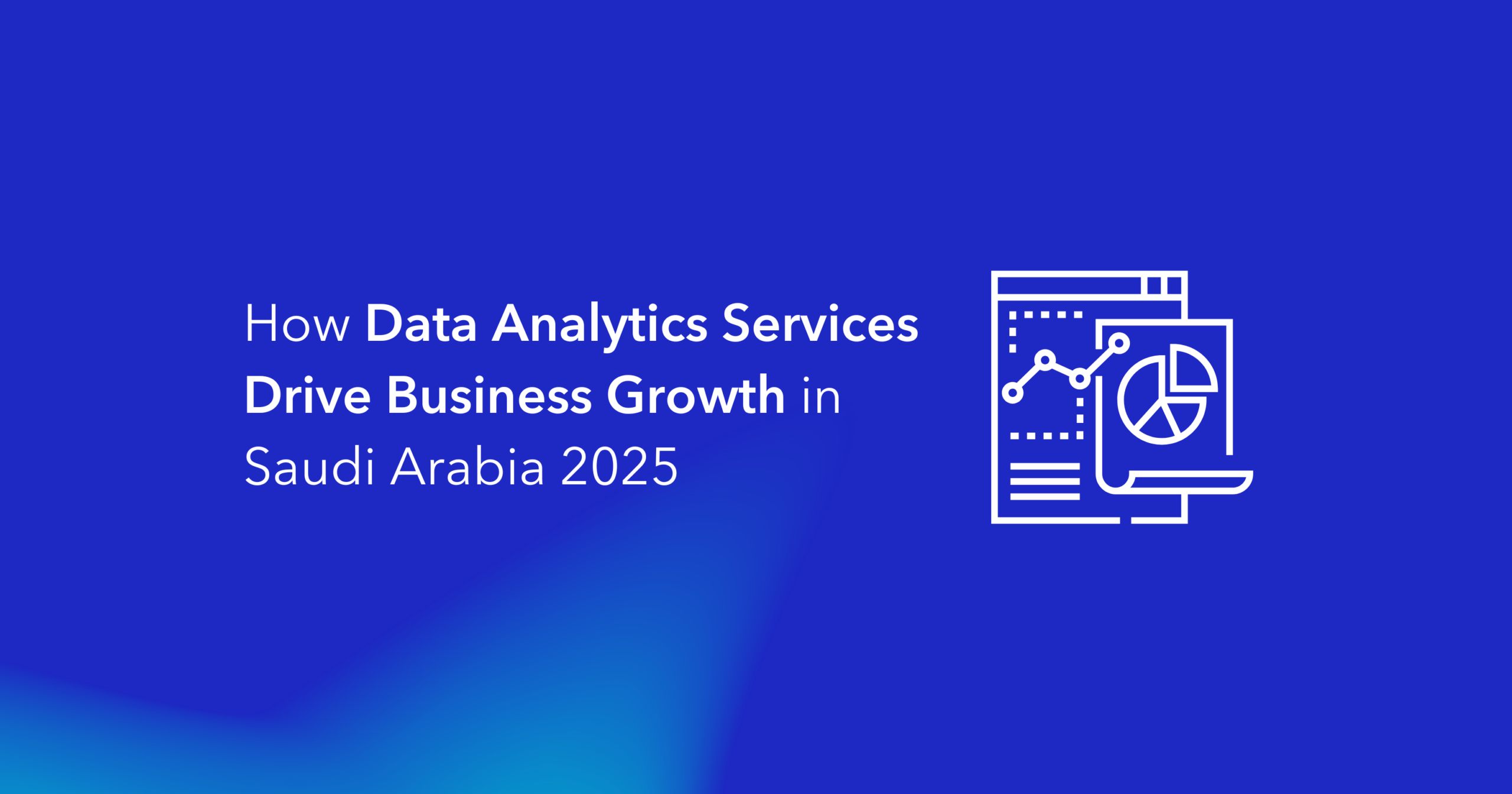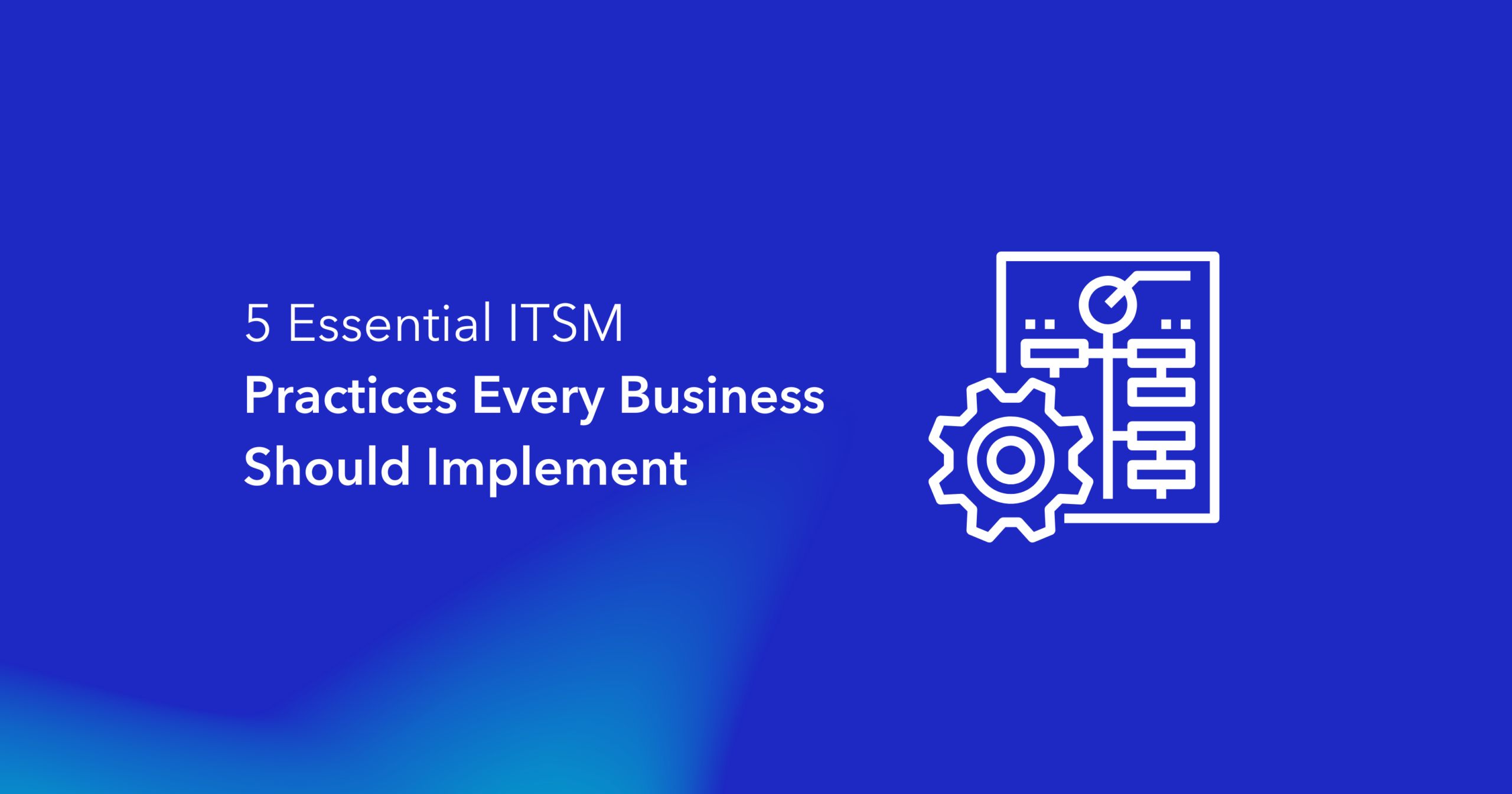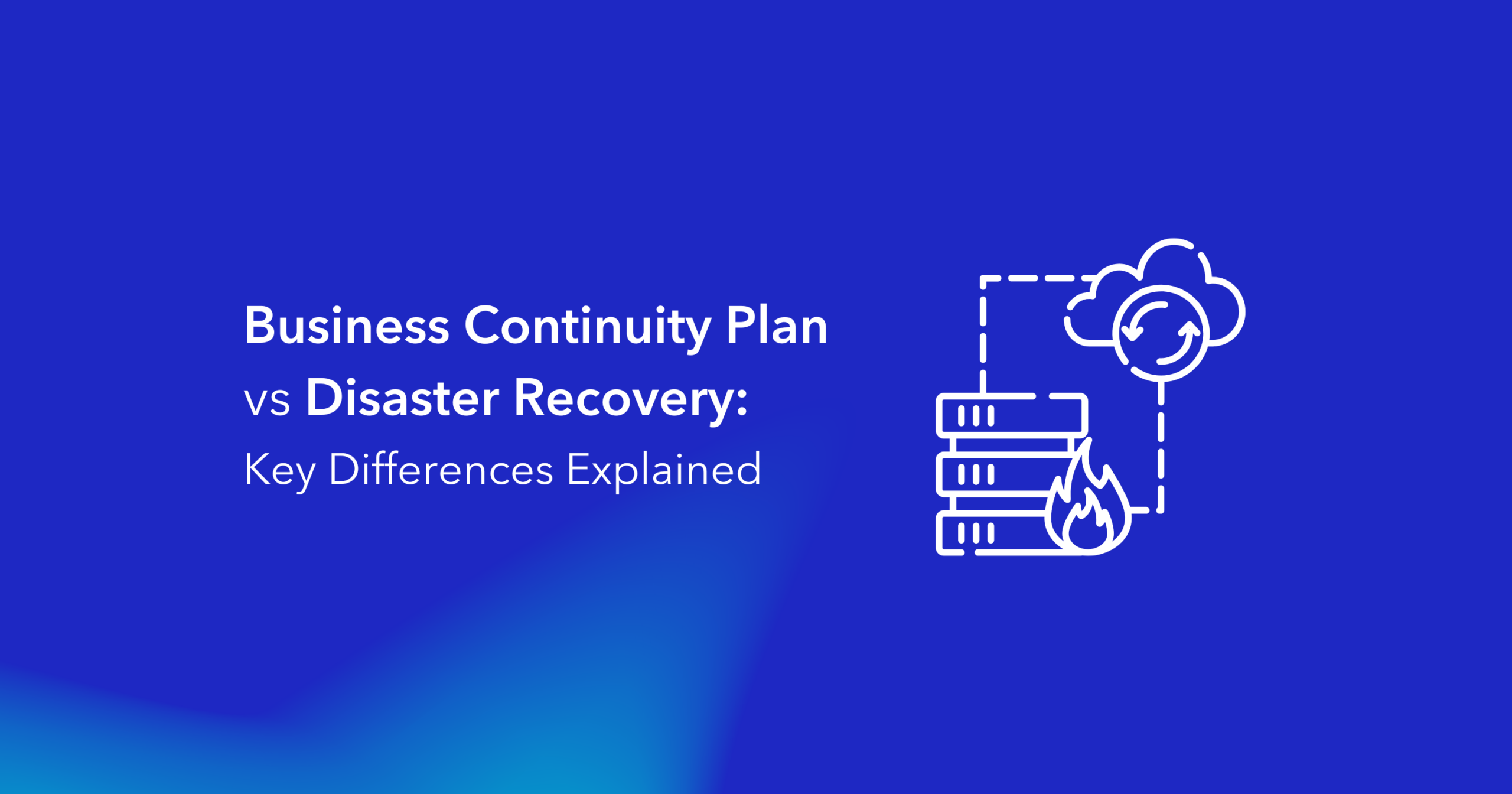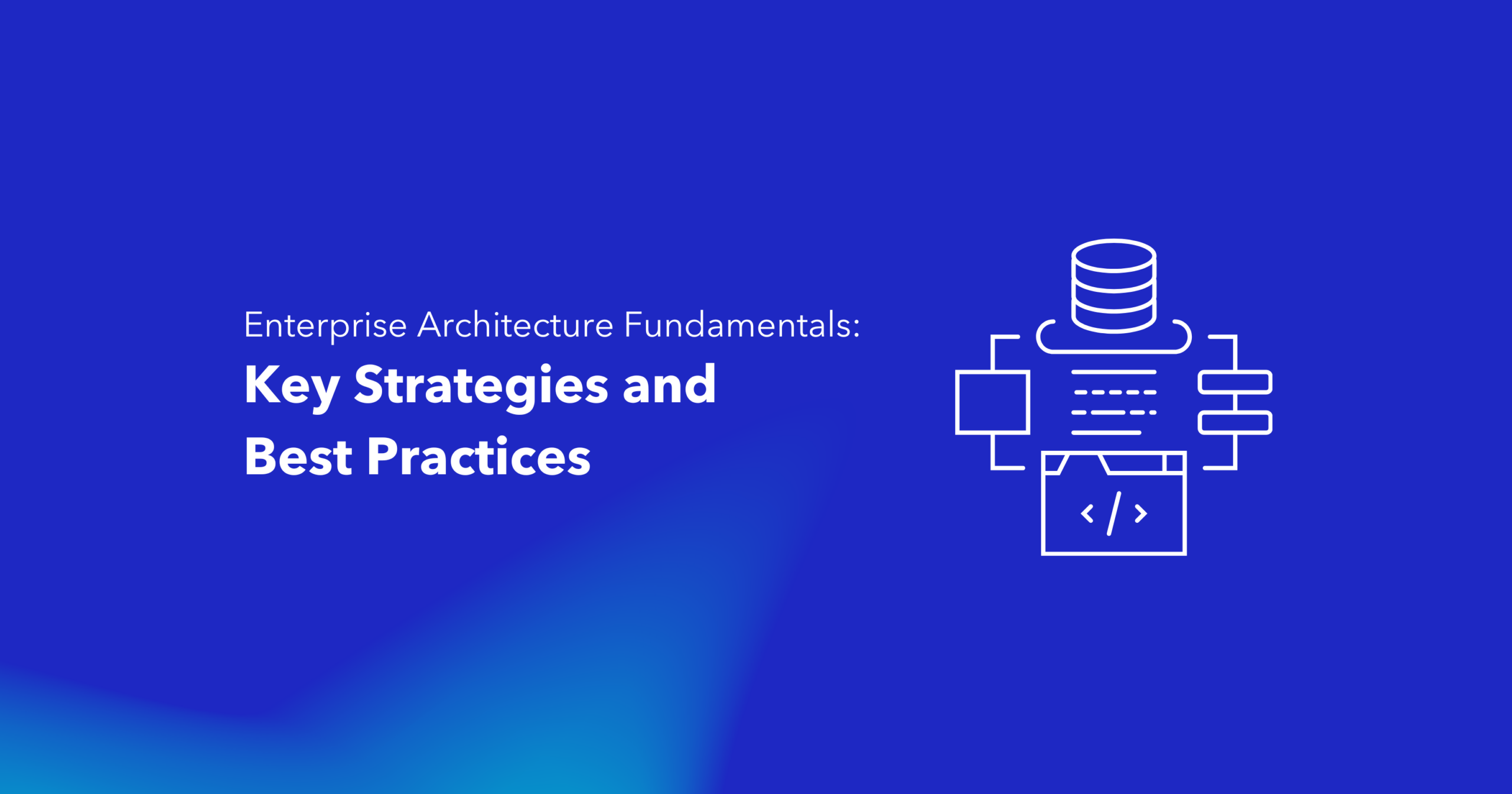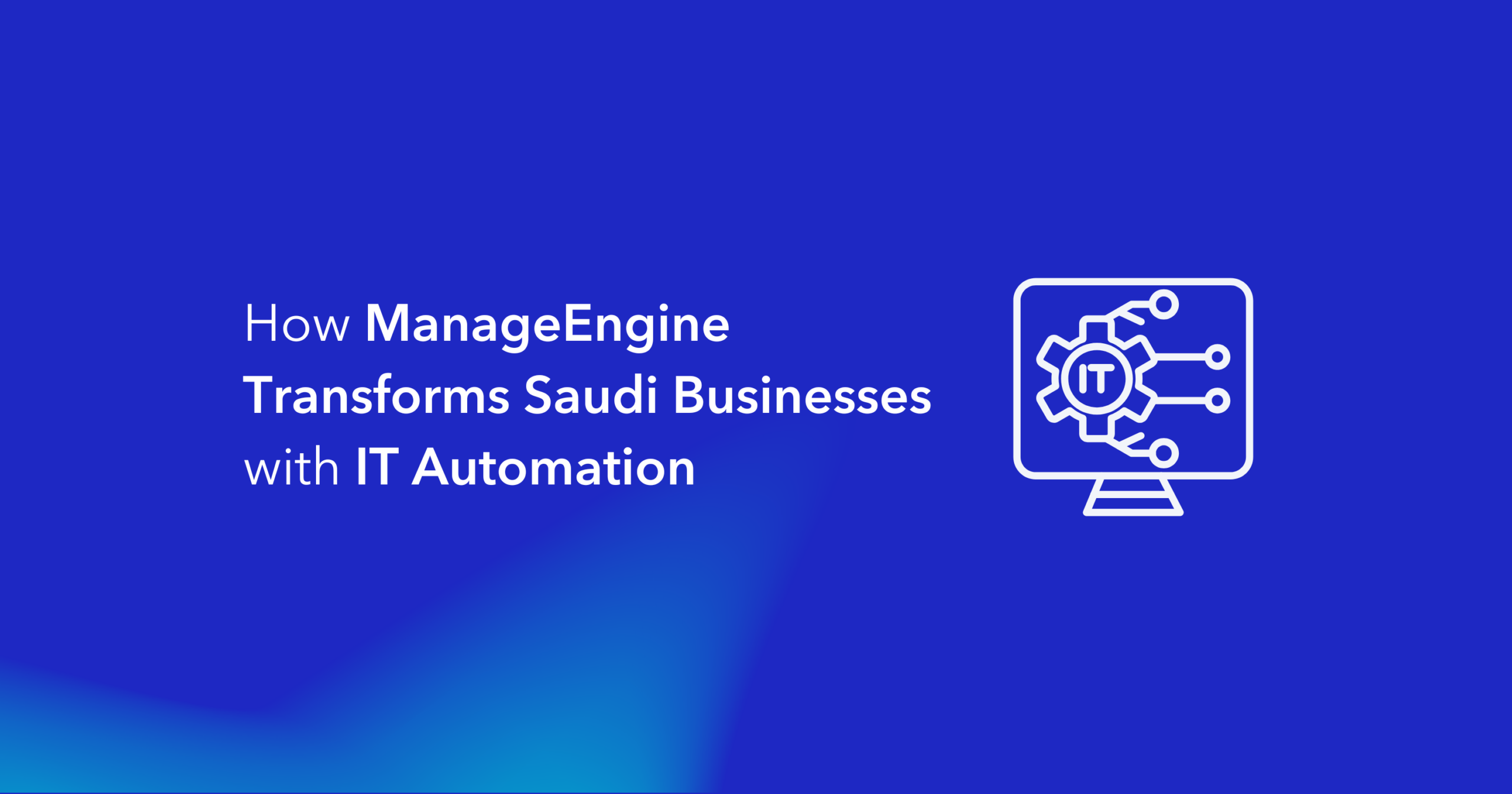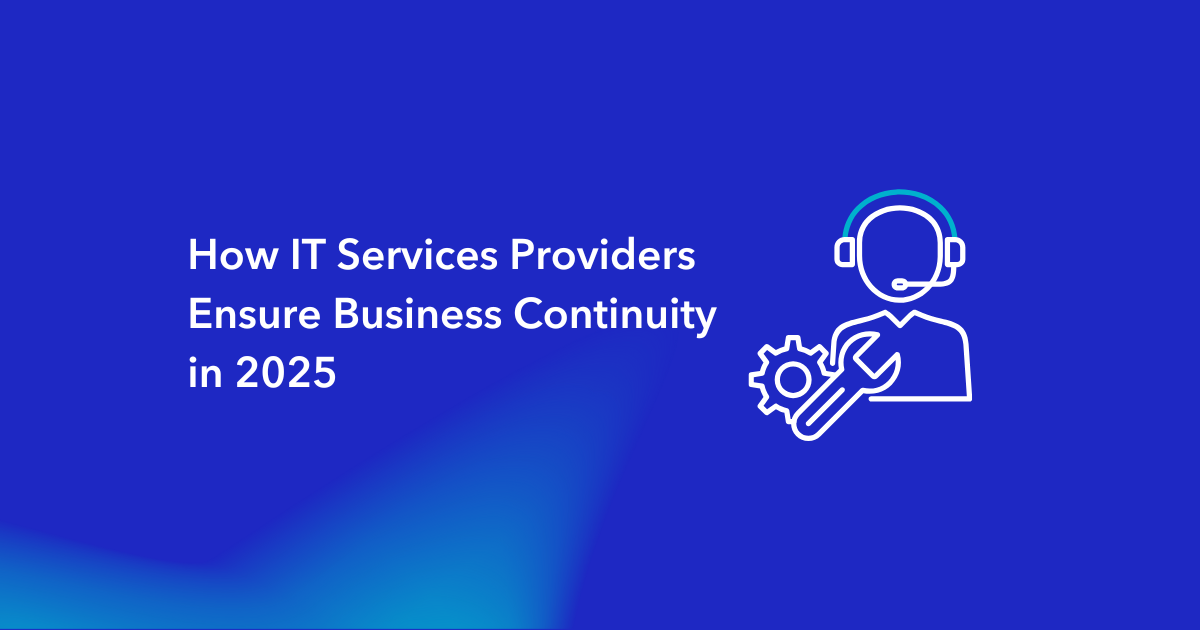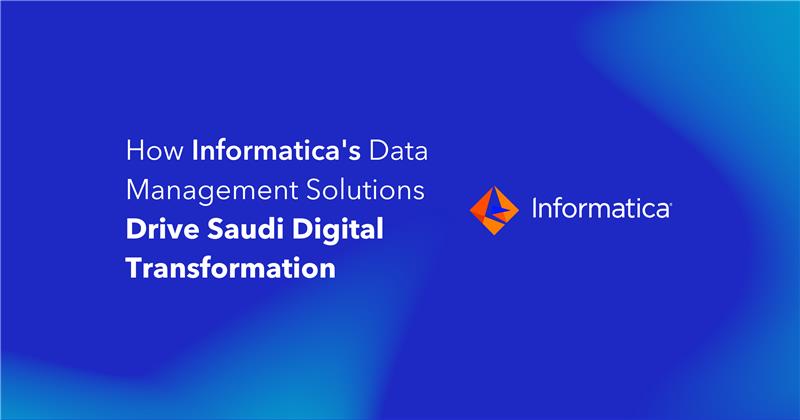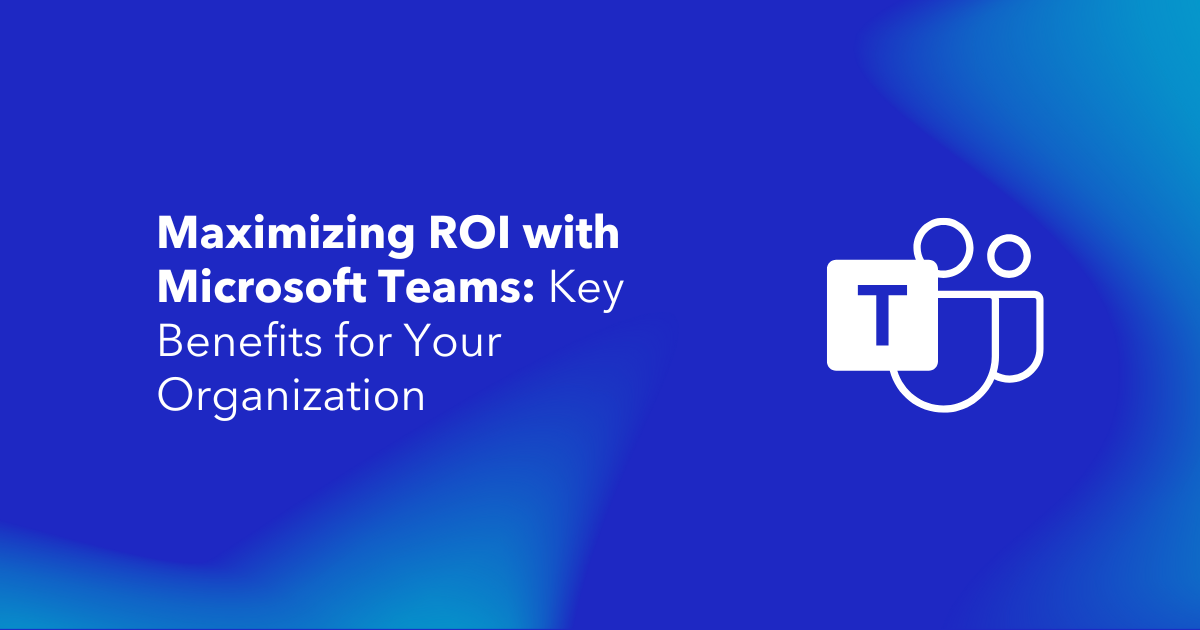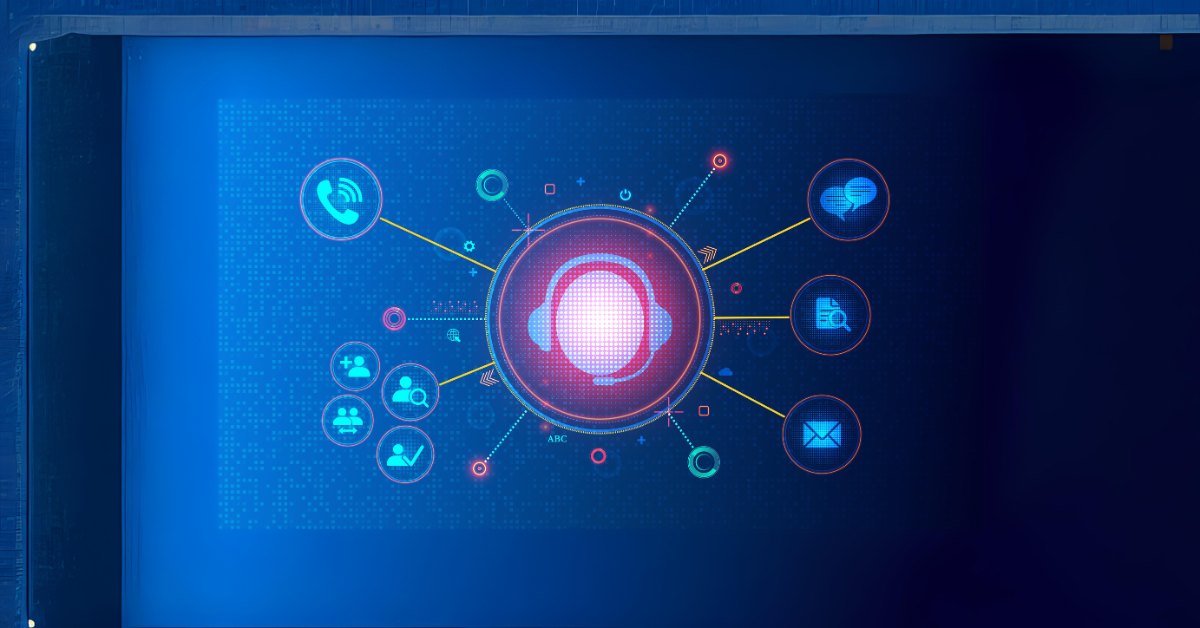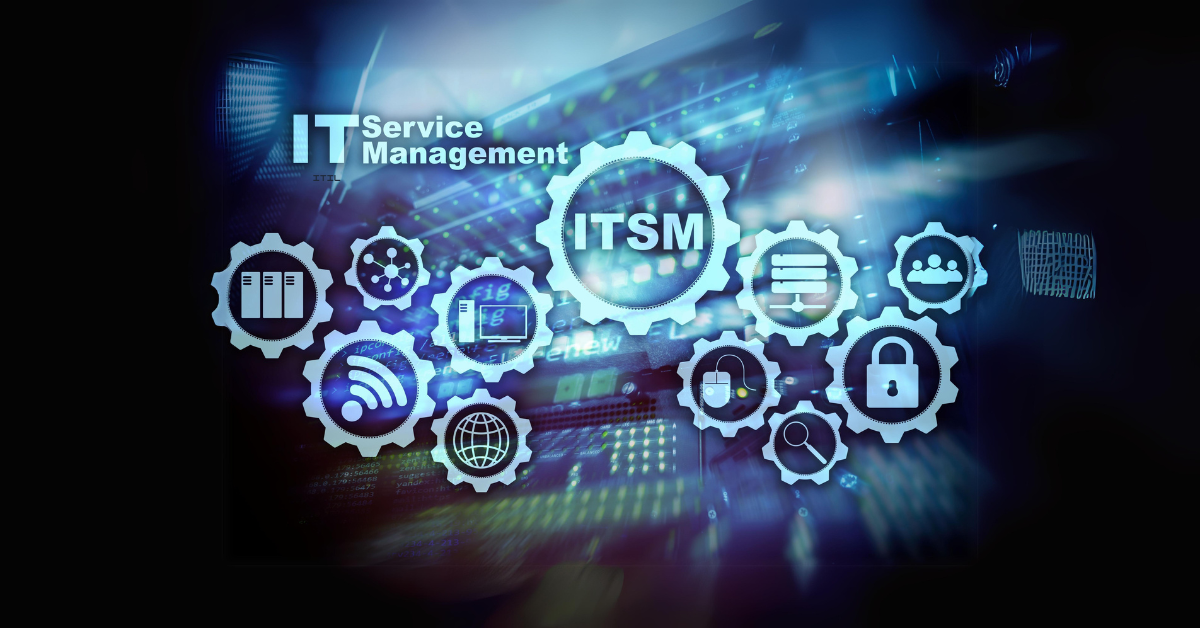According to a 2024 report by Forbes, the average cost of IT downtime has risen to approximately $9,000 per minute for large organizations. This significant increase underscores the critical importance of robust IT support and infrastructure to minimize downtime and its associated financial impacts. Modern IT environments have become increasingly complex, making reliable support services significant to your business operations.
Your team might feel overwhelmed when managing multiple IT support specialists, coordinating vendor relationships and providing 24/7 IT support without a unified strategy. Managed IT support services address these challenges effectively. They deliver detailed coverage through remote managed services and custom onsite visits while meeting strict service level agreements (SLAs).
This piece shows how unified IT support services streamline your operational efficiency. These services minimize downtime and build a resilient IT infrastructure that powers your business forward.
Comprehensive IT Ecosystem Support
Modern IT ecosystems need more than simple technical support. The digital world demands a unified approach that naturally merges multiple vendors, infrastructure components, and reliable security measures.
Multi-Vendor Coordination
Multiple IT vendors can create challenges. The right support structure turns this complexity into a strategic advantage. Research shows that organizations using multi-vendor support services can save between 10-15% of their maintenance budget when they consolidate contracts.
A unified vendor management approach offers these benefits:
- Simplified Operations: One contact point handles all vendor issues.
- Cost Optimization: Lower operational costs through smart warranty management.
- Better Efficiency: Optimized processes for vendor relationships.
- Improved Response Time: Quick issue resolution through coordinated support.
Infrastructure and Cloud Integration
Your IT infrastructure must blend cloud and on-premises solutions naturally. The market for cloud integration platforms shows a 14% compound annual growth rate between 2018 and 2023. This growth highlights why unified infrastructure management matters more than ever.
- Immediate application and service support
- Better mobile application support
- Easy deployment across platforms
- Flexible scalability options
Security-Centric Support
Security plays a vital role in your IT support strategy. A detailed security-centric approach protects your IT ecosystem while maintaining optimal operations. Organizations with unified security frameworks show substantially reduced incident response times.
Your security support should include active monitoring, vulnerability awareness, and regular compliance checks. This strategy helps spot infrastructure weaknesses before they become serious problems.
Security-centric support services give you access to expert knowledge in offensive and defensive assessments, governance, risk management, and compliance frameworks. This protection keeps your IT ecosystem secure while supporting your business goals.
Flexibility and Customization in IT Support
Today’s businesses just need IT support that adapts to their unique operations. Remote support services have become vital to maintain operational efficiency, with 90% of support tickets resolved without an engineer through remote support.
Customizable Service Models
Your business deserves support that arranges perfectly with your operational requirements. You can tailor modern IT support services to your specific needs. A customized support approach offers these benefits:
- 24/7 Contactable Helpdesk to assist you around the clock.
- Remote Support Solutions to resolve issues quickly.
- Onsite Technical Support when you need hands-on help.
- Strategic Planning Support to meet long-term IT goals.
- Dedicated Account Management to deliver consistent service.
Flexible Usage
IT support flexibility goes beyond simple service options. You can adjust your support requirements based on actual usage patterns and business needs. This approach lets you pay only for needed services while keeping optimal coverage for your IT infrastructure.
Flexible usage consists of these key elements:
- Scalable support hours
- Adjustable service levels
- Custom response time agreements
- Multi-location support options
- Variable resource allocation
Proactive Add-Ons
Boost your IT support with proactive services that prevent issues before they affect your operations. These add-ons work with your base support package to protect your IT infrastructure better.
Proactive Monitoring: Support teams resolve 90% of cases using remote monitoring tools through continuous system oversight that spots potential issues early. This preventive approach substantially reduces system downtime and optimizes overall efficiency.
Strategic Assessment: Regular technology reviews and forward-thinking recommendations help your IT infrastructure stay arranged with business objectives. You’ll get evaluation of current systems and guidance about adopting the latest IT solutions that benefit your organization.
These flexible support options give you access to detailed IT assistance that evolves with your business needs while staying budget-friendly and efficient.
The Shift to Proactive and SLA-Driven Support
A change from reactive to proactive IT support will substantially cut system downtime and optimize operational efficiency. Research indicates that companies using proactive IT support see up to a 30% increase in efficiency and productivity.
Proactive IT management delivers these key benefits:
- Early detection cuts downtime.
- Support tickets drop in number.
- Staff work more efficiently.
- Employees feel more satisfied.
Service Level Agreements (SLAs)
Clear performance metrics and accountability measures make IT support services work better. SLAs create a foundation to measure and maintain service quality. These agreements spell out specific response times, resolution targets, and performance standards your IT support teams must achieve.
These critical SLA components need monitoring:
- Service availability (typically 99.999% uptime requirement).
- Response times for different priority levels.
- Resolution time targets.
- Performance metrics and reporting frequency.
Escalation Framework
A well-laid-out escalation process ensures quick resolution when problems arise. An effective framework manages approximately 800 users and 700 collaborators and monitors over 20,000 items every 15 minutes.
Your escalation framework must include:
- Business impact documentation.
- Timeframes for each escalation level.
- Contact points.
- Regular reviews and feedback systems.
These proactive measures and strict SLAs help your IT support prevent problems instead of just fixing them. This transformation creates reliable systems and optimizes operations throughout your organization.
Enhancing IT Support Through Strategic Partnership
Mutually beneficial alliances in IT support create more value than traditional vendor relationships. Clear roles, knowledge sharing, and regular performance checks will create a more responsive IT support ecosystem. Research shows that organizations with these IT partnerships see a 67% increase in first-time resolution rates.
Dedicated Support Roles
The success of your IT support depends on specialists working in the right roles. Studies show teams with dedicated support roles can handle up to 800 businesses and 100 knowledge bases without compromising service quality.
The core team roles that improve your support structure:
- Technical Resolution Specialists
- Service Delivery Managers
- Knowledge Base Administrators
- Vendor Relationship Coordinators
- Quality Assurance Specialists
Knowledge Transfer
Knowledge sharing helps deliver consistent service and reduces reliance on individual team members. A well-laid-out knowledge transfer system substantially improves service desk efficiency. Research proves that collaborative workspaces let teams bring experts into discussions and capture vital knowledge during work.
Your knowledge sharing approach needs a systematic way to spread information. Teams using structured knowledge sharing see a 35% reduction in resolution times and deliver more consistent service.
Performance Reviews
Service quality stays high with regular performance checks that spot areas needing improvement. Monthly service reviews should track:
- Response time adherence.
- First-call resolution rates.
- Customer satisfaction scores.
- Knowledge base utilization.
- Team collaboration metrics.
Mutually beneficial alliances with clear performance metrics help track and improve IT support services better. Research shows organizations using structured performance reviews see a 30% improvement in service delivery efficiency.
Efficient IT Support Methodologies
Modern IT support methods use advanced technology and optimized processes to improve service delivery. Low-code case management systems are changing how support teams handle service requests. Organizations report up to 20% improvement in efficiency after implementation.
Optimized Case Management
Your IT support’s success depends on robust case management systems. Modern low-code platforms make quick implementation of case workflows possible while reducing unreliable processes. These systems bring major benefits to your support operations:
- Automated eligibility verification.
- Integrated data analytics.
- Platform-independent functionality.
- Better collaboration tools.
- Immediate tracking capabilities.
Optimized case management helps you allocate resources better and distribute funds up to 936.48 million to support operations.
Multi-Channel Communication
IT teams need multiple communication channels to deliver great support. Research proves that organizations using multi-channel support see much higher customer satisfaction rates. Your IT support should include these essential channels:
- Live Chat Support: Makes real-time problem-solving possible.
- Email Communication: Gives detailed documentation.
- Phone Support: Creates personal connection.
- Self-Service Portals: Helps users find solutions.
- Knowledge Base: Cuts down recurring support requests.
Success in multi-channel support comes from integration. Your support platform should combine all communication channels into one interface. Support teams can manage cases better while keeping context across different touchpoints.
These methods create a more responsive and efficient IT support structure. Optimized case management and integrated communication channels help your team handle support requests faster. This reduces resolution times and improves service quality overall.
Future-Ready IT Support Strategies
You need to be proactive in the fast-moving tech world to provide effective IT support. Healthcare IT is changing at breakneck speed because of tech advances and digital transformation. Your IT support strategy must change with the times while you retain control of daily operations.
Adapting to Emerging Technologies
Healthcare IT environments need sophisticated support solutions that work with systems of all types, from electronic health records to telehealth platforms. Your IT support team should accept new ideas while making sure new systems work smoothly with existing ones.
Key areas to focus on for technological adaptation:
- AI and Automation Integration: Use automation and AI technologies to improve IT support processes and user experience.
- Cloud Solution Implementation: Use expandable cloud solutions to deliver strategic services.
- Security Framework Enhancement: Apply reliable security measures with AI and machine learning to detect threats.
- Remote Support Capabilities: Get tools that provide smooth support for remote staff and patients.
Focus on Business Continuity
Your business continuity strategy should go beyond basic disaster recovery. The healthcare IT world faces unique challenges. The environments are complex with many interconnected systems.
Essential elements for maintaining business continuity:
- Proactive Monitoring: Watch systems continuously to spot problems before they affect operations.
- Compliance Management: Follow HIPAA regulations while keeping security measures strong.
- Scalable Infrastructure: Build systems that grow as your organization grows.
- Cross-Department Collaboration: Build partnerships between IT support teams and other departments to understand healthcare challenges better.
These future-ready strategies will help your IT support services handle new technologies while keeping operations running smoothly. The secret is to stay proactive and flexible, so your support infrastructure grows with technology.
Conclusion
Today’s IT environments just need complete support solutions to cut downtime and boost efficiency. Your business success depends on unified IT support that naturally blends vendor management, security measures, and proactive monitoring. You retain control of strict service standards.
Depend on Alnafitha IT ONE Support services to reshape your IT operations. They offer customizable solutions, strategic collaborations, and future-ready support strategies. Their all-encompassing approach protects your business from getting pricey downtime and ensures consistent service delivery on all technology platforms.
Your IT support strategy drives your business performance and growth potential. The right unified support solution brings clear benefits: lower operational costs, improved security, faster response times, and simplified processes. This strategic decision today will build a stronger and more efficient IT infrastructure tomorrow.


